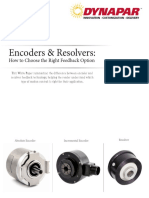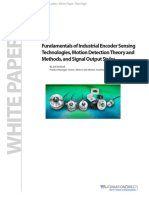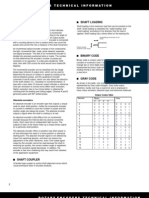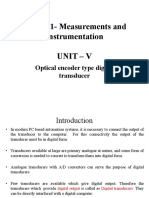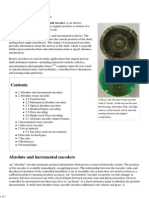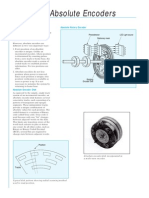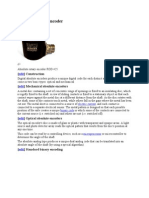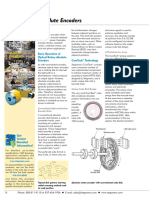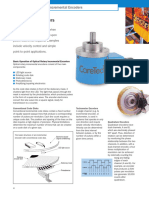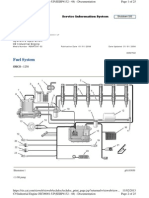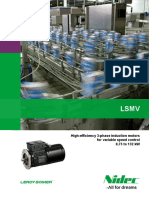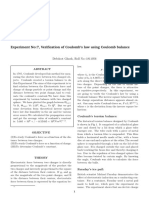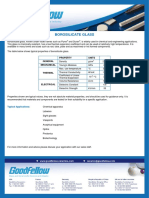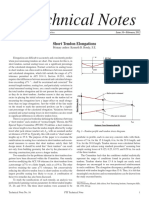0% found this document useful (0 votes)
96 views6 pagesHow Rotary Encoders Solve Your Positioning Problems:: Oil & Gas Industry
Rotary encoders can help solve positioning problems in oil and gas applications. New absolute encoders maintain position records without needing to rehome after power losses. This allows applications like depth tracking to avoid wasting time reestablishing position. Absolute encoders provide high resolution over long travel distances and can withstand harsh conditions. Their ability to retain position data improves reliability for critical applications in tough oil and gas environments.
Uploaded by
amarnathavulaCopyright
© © All Rights Reserved
We take content rights seriously. If you suspect this is your content, claim it here.
Available Formats
Download as PDF, TXT or read online on Scribd
0% found this document useful (0 votes)
96 views6 pagesHow Rotary Encoders Solve Your Positioning Problems:: Oil & Gas Industry
Rotary encoders can help solve positioning problems in oil and gas applications. New absolute encoders maintain position records without needing to rehome after power losses. This allows applications like depth tracking to avoid wasting time reestablishing position. Absolute encoders provide high resolution over long travel distances and can withstand harsh conditions. Their ability to retain position data improves reliability for critical applications in tough oil and gas environments.
Uploaded by
amarnathavulaCopyright
© © All Rights Reserved
We take content rights seriously. If you suspect this is your content, claim it here.
Available Formats
Download as PDF, TXT or read online on Scribd
/ 6
